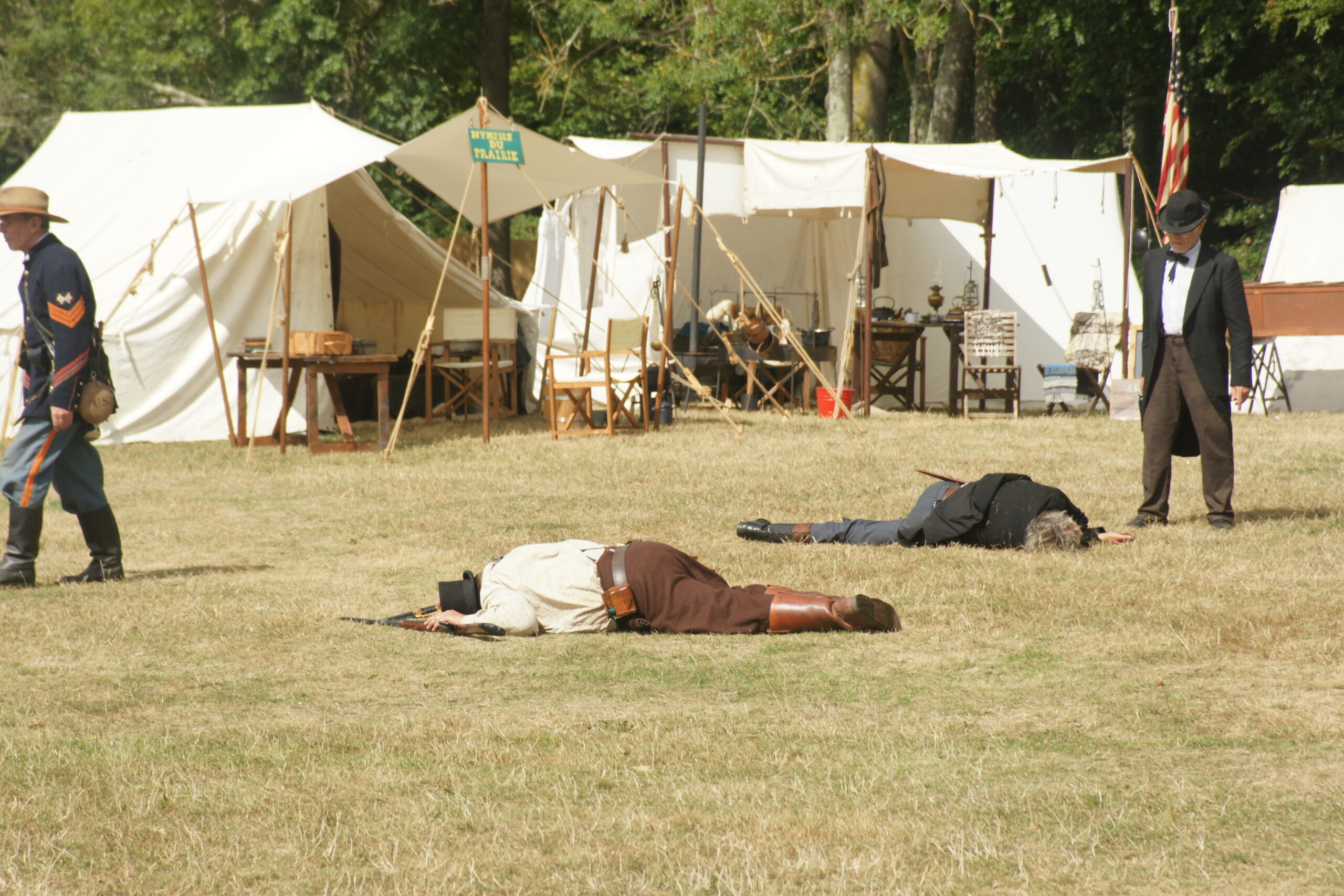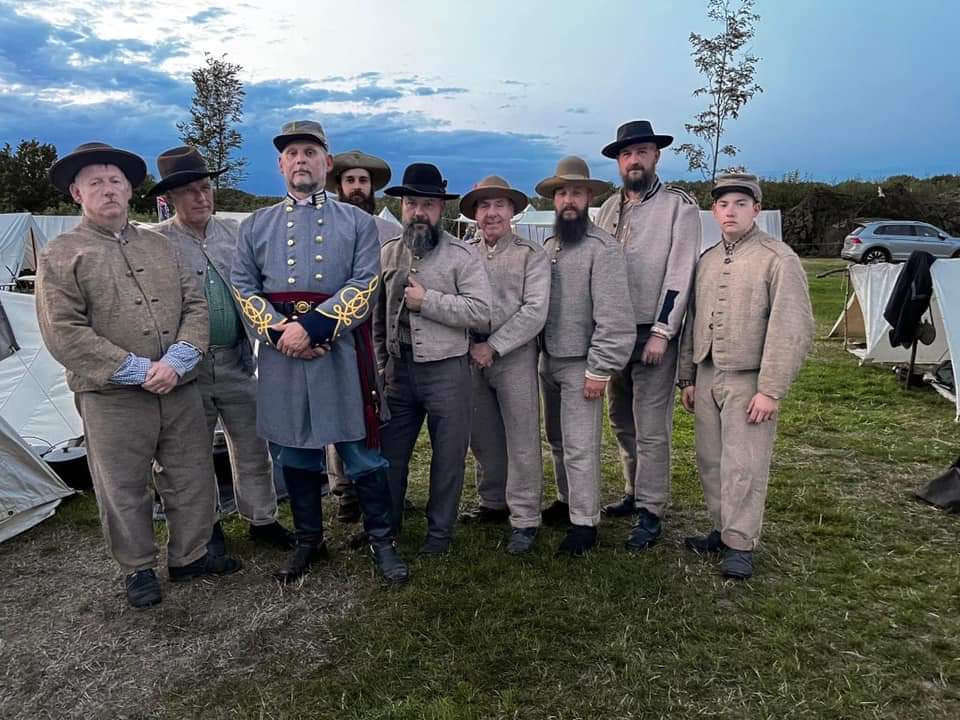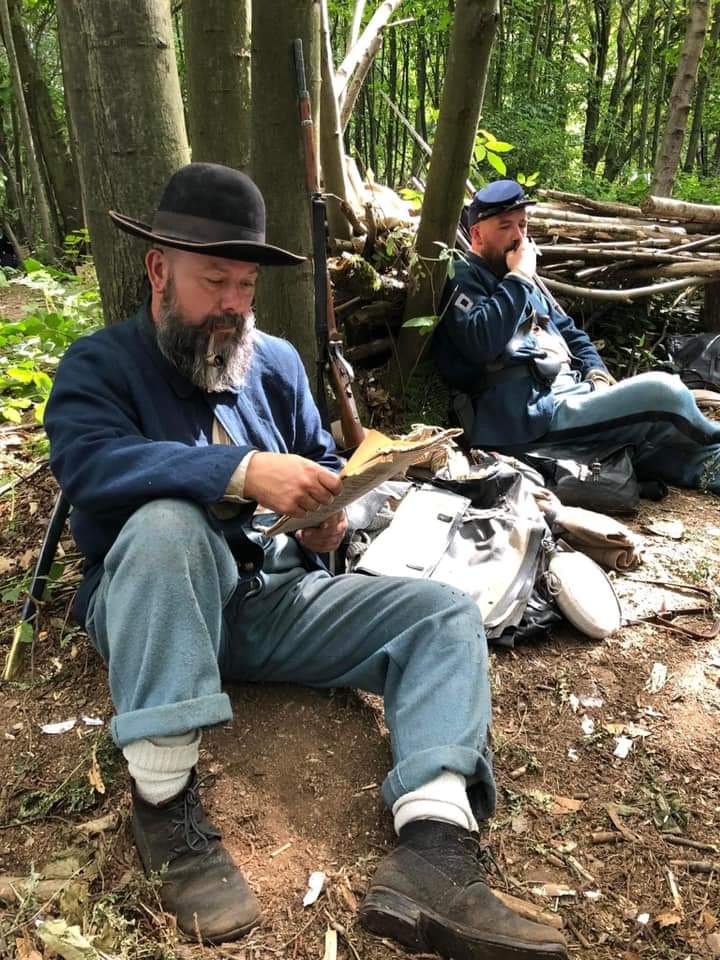American Civil War

American Civil War
American civil war in the United States, which lasted four years, 1861- 1865, transpired due to the tension between Northerners and Southerners over the slave trade and expansion of the national government’s power. When Abraham Lincoln became the president in 1860, he pledged to abolish slavery, forming roots in the South. In response, seven Southern States pulled out from United Stated and established a nation, the conference States of America, joined later by four more States. Lincoln’s government and the people in the North declined the formation of a new nation and formed the Union. The separation created fear in a democracy which could be the principal purpose of establishing small countries, erasing the entire idea of the United States. Industrialization in the North was reputable and practiced small-scale farming, while the Southerners operated on a large scale and capitalized on slave labor. Also, politicians in the North dreaded the presence and spread of slavery south, which could quickly spread to the North, thus becoming the foundation of the US’s economy.The civil war in Virginia
The first war was triggered when Confederate forces came to claim Fort Summer in 1861. The confederate military attacked the central defense forces forced them to surrender and lower the US flag. Lincoln used the military to stop the confederation states (Finseth, 2020). The end of 1861war saw a million men fighting in a line stretching 1200 miles near Virginia. and Missouri. The mountains in Virginia favored Union Victory, helping them gain more States in West Virginia, such as at Wilson Creek and Port Royal in South Carolina. Similarly, the Union created a blockade to stop the Confederacy from expanding. Lincoln continued to fund the war and train more troops. The Northerners had also increased their troops from 200,000 to 400,000. Lincoln used the battle to free enslaved people and welcome them to the North.

Union Victory (1864-65)
The war extended to Shiloh’s battle in 1862, which allowed the Union troops to infiltrate the Confederate interior. Gaines Mill led to Union victory in Chickahominy River, Second Manassas, Fredericksburg, and Antietam in Maryland. Even without an organized leadership, Robert Lee’s Army of Northern Virginia prevented the Union from attacks for some time. The massacre was unpreceded, with death rising highest than any other war on American soil to date. The wilderness battle manifested the first stage where the Union attacked the Confederate capital of Richmond in 1864 and to innermost parts of Virginia, thus the name, the war in the wilderness. The terrain did not favor the rebels due to dense forest, making it impossible for the Union to navigate and permeate.
Meanwhile, the Union continued to compromise slave trade operations west of the Appalachian mountain, winning a great victory over confederate armies. Between 1964- 1965, Union attacked the confederate state under General William in South Carolina and Georgia, leading to the destruction of its economies. The confederate troops surrendered to the Union in the spring of 1965. The three generals, Spotsylvania County, Cold Harbor, and Petersburg, pushed Lee into hiding. Lee surrendered his army to the Union General in 1865, ending the war.



